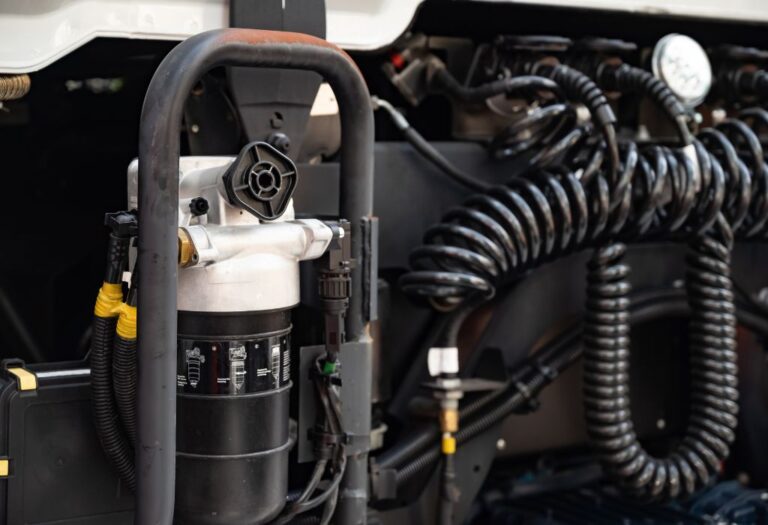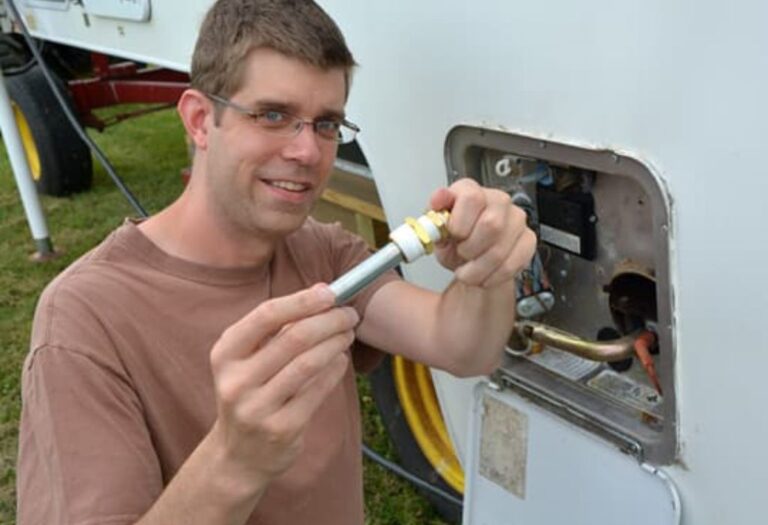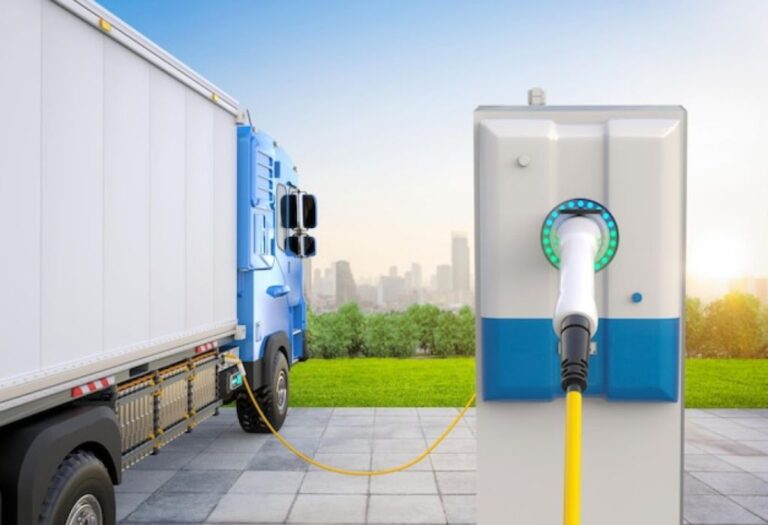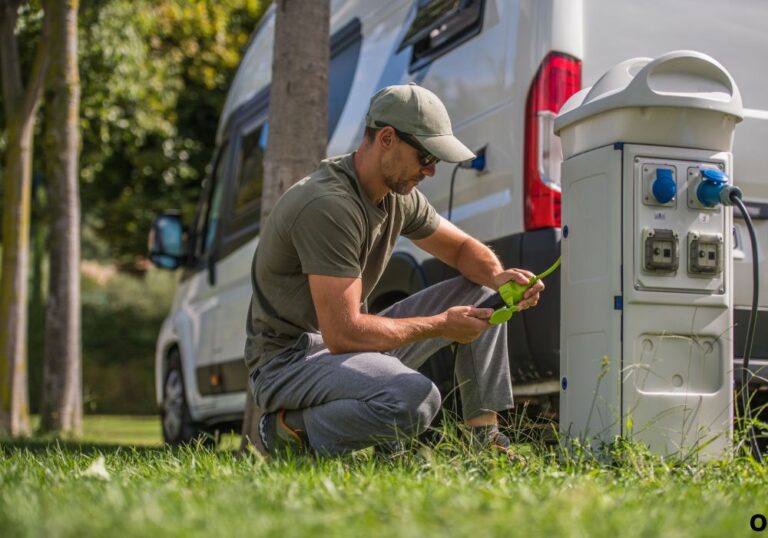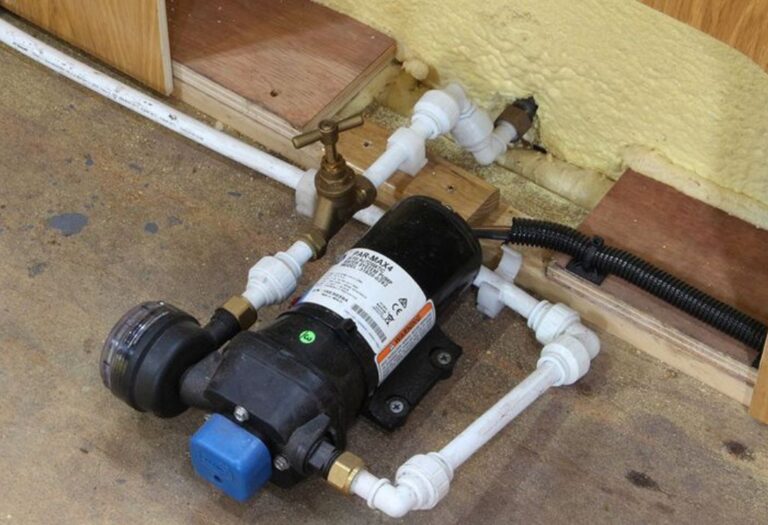How Does an RV Water Pressure Regulator Work?
You hook up your RV to the campground faucet and twist the valve open.
Moments later, pipes rattle, the shower sputters, and water surges unpredictably through every line.
What appears harmless can quickly flood a kitchen cabinet or split a hose.
Campground pressure often fluctuates from 40 to 100 PSI, far beyond what most RV plumbing can handle safely [RVTravel].
Most RV systems are built to withstand only 40–60 PSI, and anything higher risks cracks, leaks, or water-heater damage.
That’s why every seasoned traveler connects a small brass device before turning on the tap — the RV water pressure regulator.
According to the RV Industry Association, about one in three RV owners experiences a water-related leak annually, and many of those incidents trace back to unregulated pressure [RVIA].
This simple attachment protects your plumbing, keeps water flow steady, and helps you enjoy showers without worrying about pressure spikes.
In this complete guide, you’ll learn exactly how an RV water pressure regulator works, the types available, and how to test, maintain, and choose the right one for lasting protection.
What Is an RV Water Pressure Regulator?

An RV water pressure regulator is a compact valve assembly that limits incoming water pressure from the campground supply before it enters your RV. It protects hoses, faucets, and internal plumbing from excessive force.
The regulator’s internal mechanism uses a spring and piston to maintain safe, steady flow even if campground pressure surges.
What does an RV water pressure regulator do?
It reduces and stabilizes water pressure, usually keeping it between 40 and 60 PSI for optimal safety.
Where is it installed on the RV water system?
Attach it at the campground spigot or between the spigot and your freshwater hose.
Is it needed for all campsites?
Yes. Even “low-pressure” parks can experience spikes during maintenance or heavy use.
What happens without one?
Unregulated pressure can blow fittings apart or burst flexible hoses, leading to major leaks.
Can it improve water flow consistency?
Yes. By smoothing pressure fluctuations, it delivers a stable, predictable stream to every faucet.
How an RV Water Pressure Regulator Works (Step-by-Step)
A regulator works by balancing water force against a calibrated spring and diaphragm. When pressure rises, the spring compresses and restricts flow; when pressure drops, it relaxes to restore volume.
This constant adjustment ensures your plumbing receives steady pressure no matter what happens on the supply side.
How does the spring inside regulate pressure?
The spring resists incoming force and moves a valve seat that limits water flow once preset pressure is reached.
What PSI does a regulator maintain automatically?
Most fixed regulators output about 45 PSI, while adjustable ones can be set anywhere from 40 to 70 PSI.
Do adjustable models work differently?
Yes. They use an external screw to change spring tension, allowing custom PSI settings.
Can a regulator handle pressure spikes instantly?
Quality brass regulators react immediately, preventing even momentary surges from entering your RV.
Does the regulator affect water taste or flow?
No. It only controls pressure, not filtration or flavor, though very cheap plastic models can slightly restrict flow.
Types of RV Water Pressure Regulators
Different designs offer unique levels of control, durability, and accuracy. Choosing the right type depends on how often and where you travel.
What is the difference between fixed and adjustable regulators?
Fixed regulators are factory-set at about 45 PSI, while adjustable versions let you fine-tune the output using a screw or knob.
Why are brass models preferred over plastic ones?
Brass resists cracking, corrosion, and UV damage, lasting much longer under outdoor conditions.
Are gauge regulators more accurate?
Yes. They display live PSI readings so you can monitor campground fluctuations at a glance.
What PSI setting is best for an RV?
Keep it near 50 PSI for most rigs; higher only if your plumbing and fittings are rated accordingly.
Do regulators need calibration or maintenance?
Adjustable types should be checked periodically with a pressure gauge to confirm accuracy.
Signs Your RV Water Pressure Regulator Is Working (or Failing)
A properly functioning regulator maintains smooth, steady flow through every faucet. Weak or erratic water pressure often signals trouble.
How do you know if your regulator is functioning correctly?
Water pressure should remain stable when other taps open; big fluctuations indicate wear or blockage.
Why is water flow low even with a regulator?
Sediment or mineral buildup may be clogging the inlet screen or internal valve.
What causes a regulator to fail?
Corrosion, debris, or damaged seals prevent the spring mechanism from sealing properly.
How often should you replace an RV water pressure regulator?
Most last three to five years with regular use, sooner if exposed to freezing or dirty water.
Can a regulator get clogged with sediment?
Yes. Use a pre-filter at the campground faucet to reduce debris entering the device.
How to Test and Adjust an RV Water Pressure Regulator
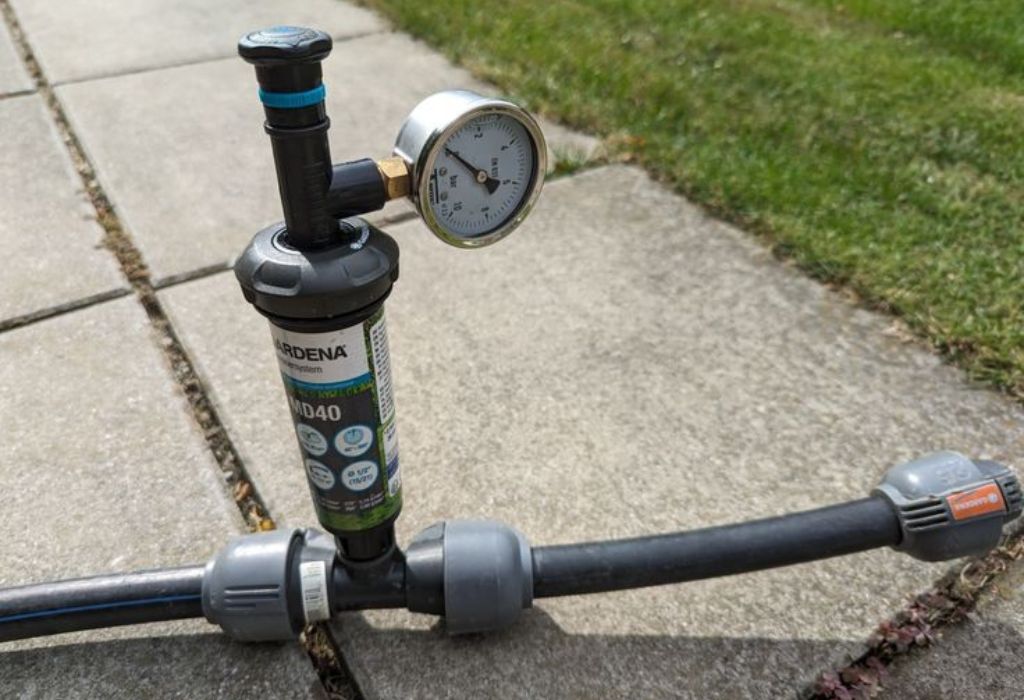
Testing ensures your regulator performs within safe limits and adjusts correctly.
- Connect a pressure gauge directly to the campground spigot.
- Record the unregulated PSI.
- Attach the regulator, then reconnect the gauge on the RV side.
- Compare readings to confirm reduction.
How do you test an RV water pressure regulator with a gauge?
Use a simple threaded gauge; attach it after the regulator to see actual outlet PSI.
What tools are needed for adjustment?
A screwdriver or Allen key turns the tension screw on adjustable models.
How do you reset a clogged regulator?
Disconnect it, flush clean water backward through it, and reinstall.
Can regulators be cleaned or flushed?
Yes. Regular back-flushing removes debris and extends lifespan.
What’s the ideal pressure range for most RVs?
Stay between 40 and 60 PSI to protect plumbing and still maintain strong flow [KOA Blog].
Common Problems and Troubleshooting Tips
Even high-quality regulators experience issues from sediment, wear, or improper installation.
Why does my RV water pressure fluctuate?
Fluctuations may come from a weak campground supply or a sticky valve inside the regulator.
What causes leaks at the regulator connection?
Cross-threaded fittings or worn hose washers often cause drips at connection points.
Can hard water damage a regulator?
Yes. Mineral buildup reduces internal movement and accuracy.
How do you clean a regulator safely?
Soak it in white vinegar for 30 minutes, rinse thoroughly, and dry before re-use.
Is it better to replace or repair a bad regulator?
Replacement is usually more cost-effective since new brass regulators are inexpensive and reliable.
Safety Tips for Using an RV Water Pressure Regulator
Proper connection and handling ensure both performance and plumbing safety.
Where should you connect the regulator — RV side or faucet side?
Attach it directly to the campground faucet so unregulated water never reaches your hose.
Can you use a regulator with a water filter?
Yes. Install the regulator first, then the filter, to protect both from surges.
How often should you inspect your regulator?
Check for cracks, leaks, or gauge fogging every few trips.
What PSI is unsafe for RV plumbing?
Anything above 80 PSI can burst standard RV lines.
Should you use Teflon tape on the connections?
Yes, apply a thin wrap on threaded metal fittings to prevent leaks.
Choosing the Right RV Water Pressure Regulator for Your Setup
Selecting the proper regulator ensures safe operation and convenience wherever you travel.
How do you choose the right regulator size and type?
Match the regulator’s flow capacity and PSI rating to your RV’s plumbing specifications.
What is the best regulator for full-time RV living?
An adjustable brass model with an integrated gauge offers durability and precise control.
Are digital pressure monitors worth it?
Yes. They provide real-time readings and alerts when pressure spikes unexpectedly.
What’s the average lifespan of a good regulator?
High-end brass units often last five years or more with basic maintenance.
Should you carry a backup regulator?
Yes. It’s small, inexpensive, and invaluable if the main one fails mid-trip.
Maintenance and Long-Term Care
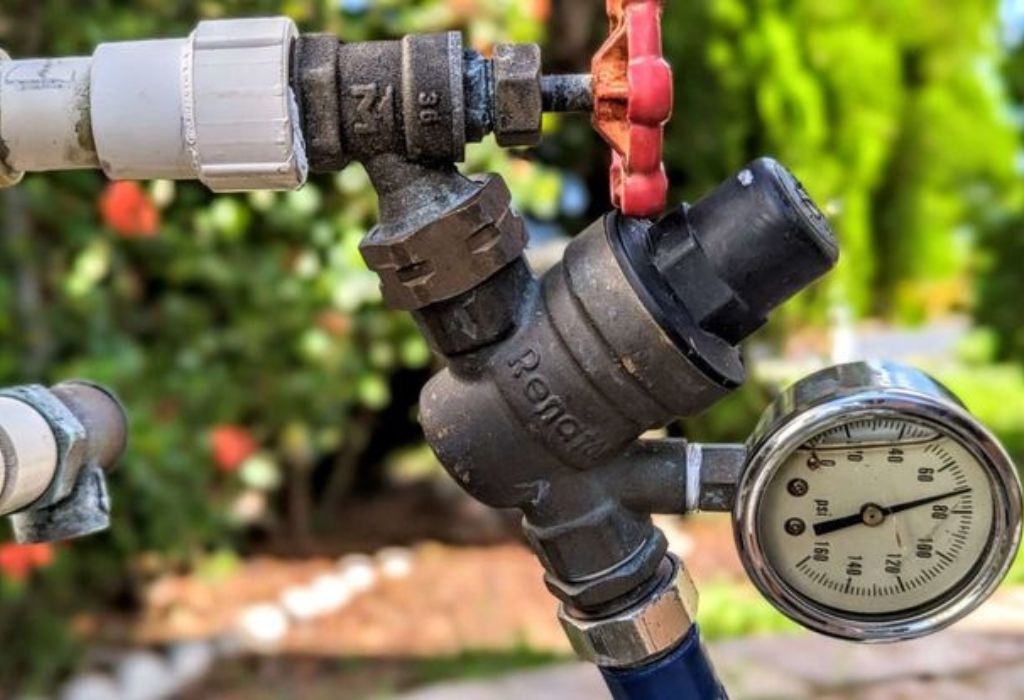
Routine care keeps your regulator accurate and leak-free for years.
How often should you clean an RV water pressure regulator?
Flush it every few months, especially after visiting hard-water regions.
Can freezing temperatures damage it?
Yes. Ice expansion cracks internal seals, so always disconnect and drain it before winter.
Do rubber seals wear out over time?
They do. Replace O-rings yearly or whenever leaks appear.
How do you store it safely between trips?
Keep it dry, sealed in a bag, and out of direct sunlight to prevent corrosion.
What’s the best way to prevent mineral buildup?
Use filtered water and occasionally soak components in a mild descaling solution.
Conclusion
An RV water pressure regulator may be small, but it plays a major role in keeping your plumbing system safe. It automatically reduces high campground pressure to a manageable level, protecting every pipe, fitting, and faucet inside your RV.
Whether you choose a simple fixed model or an adjustable regulator with a gauge, this device ensures peace of mind wherever you connect. Regular testing and cleaning guarantee reliable operation trip after trip.
By understanding how an RV water pressure regulator works, you protect your rig from leaks, preserve water efficiency, and keep every camping experience stress-free.
I’m David R. Coleman, the founder, lead writer, and lifelong tool enthusiast behind GarageToolPro.com. With years of experience in automotive repair, woodworking, and home DIY projects, I created this platform to share practical tips, detailed tool reviews, and step-by-step guides that help mechanics, hobbyists, and homeowners get the job done right the first time.

